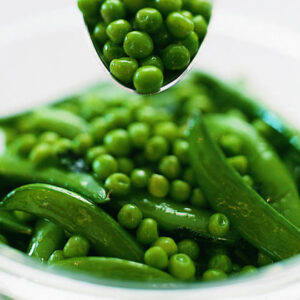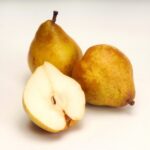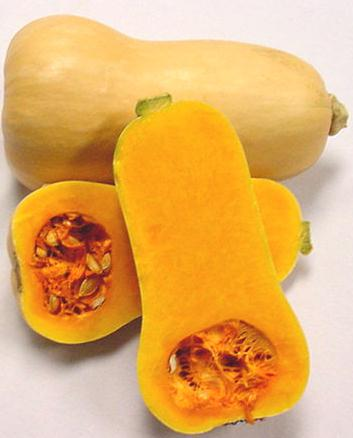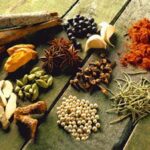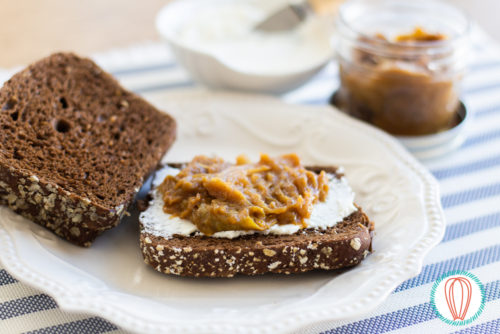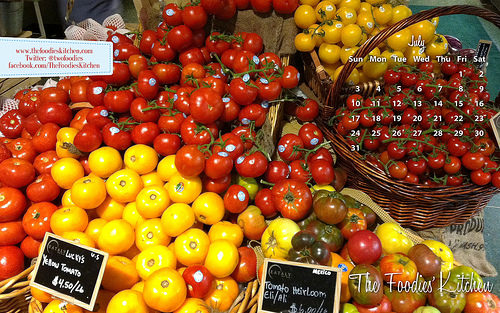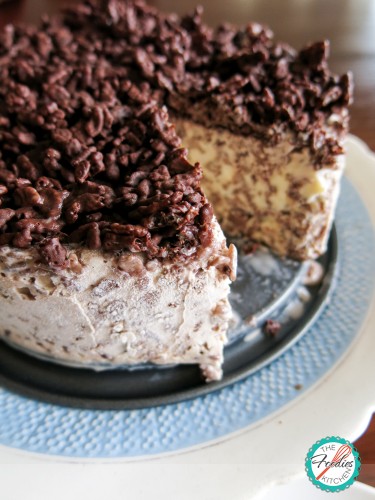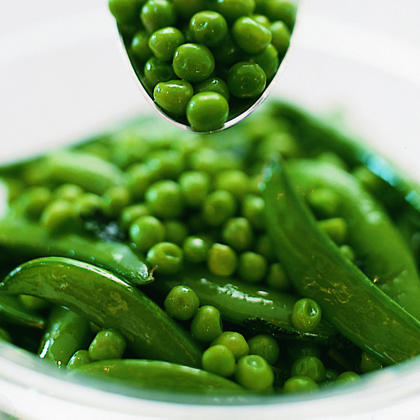
Collection of Homemade Baby Food Recipes & Storage Tips
This post is also available in / Esta entrada también está disponible en ESPAÑOL (SPANISH)
All of our Baby Food Recipes were published in a local magazine called “A Toda Madre” this month. This magazine features articles on motherhood, women’s health and parenting, and we are glad to be included in the July-August issue of this thriving magazine!
Helga
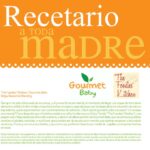
When the time came for me to introduce foods to my baby I knew I wanted to make her homemade purees. After we went through the basic carrots and apples, I wanted to try different combinations, and I wondered if she would enjoy sweet and savory mixtures such as chicken with pears? Or beef with prunes? Here are a few recipes of purees that I hope your baby will enjoy as much as mine did:
Pea & Mint Puree
Peas are a good source of protein, calcium, iron, vitamin A and C.
Mint gives a nice freshness to this puree, and it also aids the baby’s digestion.
Yield: about 4 servings
Ingredients:
1 lb fresh peas
¼ cup mint leaves
Water or chicken broth (only if the baby has been introduced to meats and poultry)
¼ onion
Formula (prepared in liquid form) Approx. 1 oz for each portion.
Procedure:
- Place the peas in a pot with enough water or broth to cover them. Let them cook, for about 15 minutes. Reserve the liquid after they are cooked!
- In another pot, with a minimum amount of olive oil, sauté the onion, add the cooked peas and the mint and return to the broth (if using) in which the peas had cooked. Let it simmer for another 5 min.
- Transfer the peas to the blender together with the mint and onion, gradually add some of the broth to blend in and make the puree.
- Finally, add the formula to reach the desired consistency.
- Pass the puree through a sieve, to get rid of any lumps. This will make a world of difference for your baby.
Note:
- If you will freeze this recipe, do not add the formula until it has defrosted and is ready to be fed to your baby. Once it has thawed, you can add formula to reach the desired consistency and give a nicer “creaminess” to this puree. The reason for doing this is because when you freeze formula it loses its physical properties.
Pear with Rice in Chamomile Infusion
Pear is a good source of fiber, and may relieve constipation in babies.
The added chamomile in this recipe serves to aid babies’ digestion. This puree is ideal for dinner time.
Yields: about 4-6 portions
Ingredients:
4 pears, peeled and chopped
½ cinnamon stick
¼ cup rice
½ cup chamomile tea
Procedure:
- In a pot, boil the pears and cinnamon stick with enough water until they are cooked through.
- Separately, in the smallest pot you can find, boil ¼ cup rice with just over ½ cup of chamomile tea. Follow the normal procedure you would use to make rice.
- When the pears have cooked and the rice is ready: Place the pears in the blender with enough water to puree them, add the rice until you reach the desired consistency.
Warning! Blending rice in can really thicken the puree, so add it by spoonfuls
Note:
- This recipe can be kept in the freezer, but it is better if you prepare it to keep in the refrigerator to be consumed before 48 hours. The freezing process affects the consistency of the rice in a negative way.
Chicken, Apple and Squash Puree
This recipe is very useful when transitioning from fruits and vegetables to meats and poultry.
Yields: 6-8 portions
Ingredients:
1 chicken breast fillet, cut into pieces
2 apples, peeled and chopped
½ cinnamon stick
½ cup cooked squash
Procedure:
- In a small pot, bring the chicken, cinnamon, and apple to a boil with enough water until the meat is cooked through and no longer pink.
- Reserve the liquid in which the ingredients cooked. Remove the cinnamon stick
- Place the cooked chicken, apple and squash in the blender, add the liquid in which the chicken cooked until you reach the desired consistency.
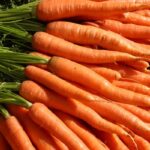
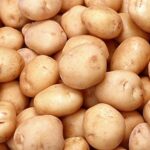
Beef, Carrots and Potato Puree
Carrots are high in beta-carotene and vitamin A. It is suggested to cook them in a steamer so they retain most of their nutrients.
Yields: about 6-9 portions
Ingredients:
½ lb ground beef, lean cut
Onion, to taste (about ¼ of an onion is fine)
1 tomato
1 carrot, cooked
1 potato, cooked
Water or stock
Procedure:
- Brown the beef in a pan, together with the onion and tomato with a minimum amount of olive oil. Let this mixture cool a bit before you transfer it to the blender.
- Cut the carrot and potato into chunks, add to the beef mixture.
- Transfer it all to the blender, and gradually add water or stock until the desired consistency is achieved.
Note:
- This recipe can be prepared with lean beef tenderloin. Brown the loin on all sides, cut into small pieces and follow the recipe from Step 2.
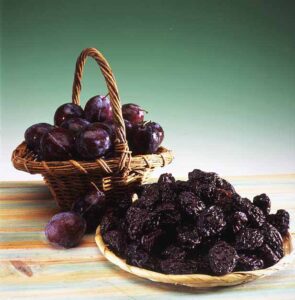
Turkey, Prune and Apple Puree
As with Chicken, turkey is recommended when babies start including meat and poultry into their diets because of its easy digestion.
It is high in protein and iron. Prunes help relieve constipation problems, and apples are easily digested.
Yields: 6-8 portions
Ingredients:
8 Oz of cooked turkey breast meat (about 1 cup), chopped
4 seedless prunes
1 apple (fuji or gala)
1 potato
¼ onion
2 cups Chicken stock
Procedure:
- For this puree, we will generally use an already cooked turkey breast. In a pot, place the Chicken stock, the cooked turkey, prunes, apple, potato and onion. Let it all cook together for about 15 min. or until the apple is cooked through.
- Reserve the liquid in which all the ingredients were cooked and transfer the pieces to the blender.
- Blend, adding liquid until the desired consistency is achieved.
Note:
- You can add ½ a cinnamon stick in step 1.
Cooking & Storage Tips
In our personal opinion, just because they are babies, it doesn’t mean they have to eat insipid foods. By taking advantage of the versatility of homemade baby foods, a palate pleasing taste can be given by using a variety of spices, which is a good way of getting your baby used to the flavors that are common in your household cooking. Furthermore, it makes their meal time a pleasure, as it should be.
When the baby reaches 8 months of age, and if your pediatrician authorizes it, you may begin to add spices, herbs and condiments to your purees, such as cinnamon, vanilla, mint, anise, onion powder, garlic powder, nutmeg, oregano, basil, black pepper, ginger and dill. An advantage of adding herbs and spices is that some of them have medicinal properties that aid digestion, such as mint, anise and ginger. Another great advantage is that you can skip salt and sugar without taking away flavor. You can add cinnamon and vanilla to fruit purees, and you will find that adding sugar is not necessary.
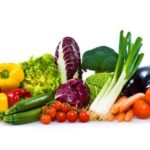 Cooking Fruits and Vegetables:
Cooking Fruits and Vegetables:
Investing in a steamer to cook fruits and vegetables is well worth it. This cooking method is recommended to retain most of their nutrients.
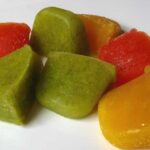 Procedure for freezing your purees:
Procedure for freezing your purees:
Invest in at least 6 ice-cube trays, that way you will be able to prepare and freeze about 4 or 5 recipes at a time, and you will have enough food for about 1 month in a variety of flavors. This will take you an afternoon to make, but you will have enough food to last you several weeks.
This is also an easy way to control the amount of ounces your baby is eating, each ice-cube cavity can hold 1 oz.
Prepare the recipe of your choice, let it cool to room temperature and pour it into the ice-cube tray. Cover the tray with plastic film and freeze. Once it has frozen, you can transfer the cubes to a Ziploc type of bag. It is important that you identify each bag with the name of the pure, and the date you cooked it. Even though the purees can be kept in the freezer for 3 months, it is better if they are consumed within 1 month.
Images from MyRecipes, Havest Trail, Flowers for Flower Lovers, Informed Farmers,
Replenishing Soul, Safal Overseas, Healthcare Magic, Kerala, iFoodTV and Google
© 2010 – 2020, The Foodies’ Kitchen. All rights reserved | Todos los derechos reservados
This post is also available in / Esta entrada también está disponible en ESPAÑOL (SPANISH)


